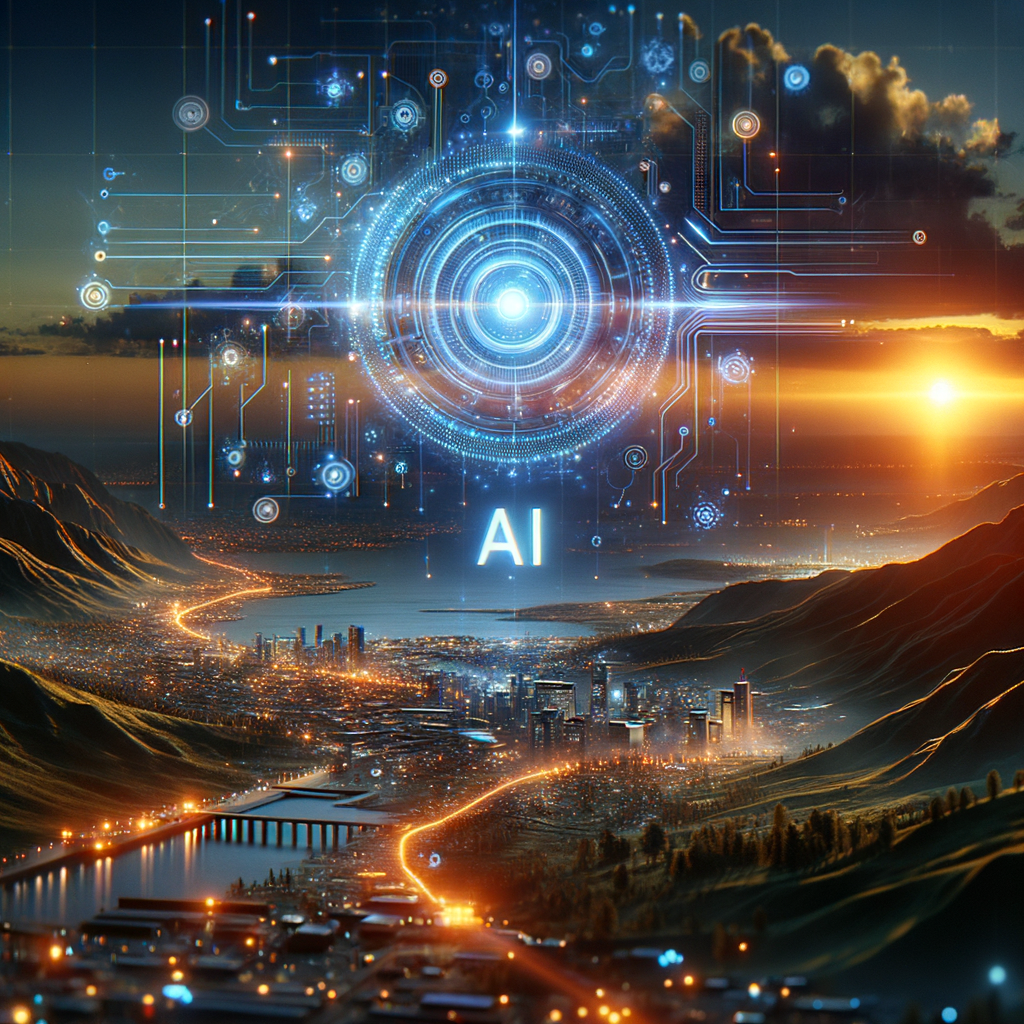AI in Cybersecurity: The Future of Digital Defense
As the digital landscape continues to evolve, so too does the threat landscape. Cybersecurity, once a niche field, has become a critical concern for businesses, governments, and individuals worldwide. With the rise of Artificial Intelligence (AI), we are witnessing a paradigm shift in how we approach Digital Defense. This article delves into the role of AI in cybersecurity, its potential, challenges, and the future of Digital Defense.
The Role of AI in Cybersecurity
AI, with its ability to learn and adapt, offers a new dimension to cybersecurity. It can analyze vast amounts of data, identify patterns, and make predictions, all at a speed and accuracy that far surpasses human capabilities. This makes AI a powerful tool in the fight against cyber threats.
Threat Detection and Response
AI can be used to detect and respond to threats in real-time. Traditional cybersecurity measures often rely on signature-based detection, which can only identify known threats. AI, on the other hand, can identify anomalies and patterns that may indicate a new, unknown threat. This allows for a more proactive approach to cybersecurity.
Automated Incident Response
AI can also automate the incident response process. This can significantly reduce the time it takes to respond to a threat, limiting the potential damage. AI can also learn from each incident, improving its response over time.
Predictive Analytics
With its ability to analyze vast amounts of data and identify patterns, AI can predict future threats. This allows organizations to prepare for and mitigate potential threats before they occur.

The Potential of AI in Cybersecurity
The potential of AI in cybersecurity is vast. Here are a few examples of how AI is being used to enhance Digital Defense.
Case Study: Darktrace
Darktrace, a leading AI Cybersecurity company, uses machine learning to detect and respond to threats in real-time. Their AI system, the Enterprise Immune System, learns the ‘normal’ behavior of a network and can identify any deviations from this norm, indicating a potential threat. This allows Darktrace to detect threats that other systems might miss, including insider threats and unknown, zero-day attacks.
Case Study: IBM Watson for Cybersecurity
IBM’s Watson for Cybersecurity uses AI to analyze vast amounts of security research, including millions of security blogs, reports, and data from IBM’s own security operations centers. Watson can identify potential threats and suggest responses, helping security analysts make informed decisions quickly.
The Challenges of AI in Cybersecurity
While AI offers significant potential in cybersecurity, it also presents several challenges.
Data Privacy
AI systems often require vast amounts of data to function effectively. This raises concerns about data privacy, as sensitive information may be at risk.
False Positives
While AI can identify patterns and anomalies that may indicate a threat, it can also generate false positives. This can lead to unnecessary alarm and wasted resources.
AI-Powered Cyber Attacks
Just as AI can be used to enhance cybersecurity, it can also be used to carry out cyber attacks. AI-powered cyber attacks can be more sophisticated and harder to detect than traditional attacks.
The Future of AI in Cybersecurity
The future of AI in cybersecurity looks promising. As AI technology continues to evolve, so too will its applications in cybersecurity.
AI and Quantum Computing
Quantum computing, which offers exponentially greater processing power than traditional computing, could take AI in cybersecurity to new heights. Quantum computers could analyze data and identify threats even more quickly and accurately than current AI systems.
AI and Blockchain
Blockchain technology, with its decentralized and transparent nature, could also enhance AI in cybersecurity. Blockchain could provide a secure platform for AI systems, protecting them from tampering and ensuring the integrity of their data.
AI and the Internet of Things (IoT)
As the IoT continues to grow, so too does the potential for cyber threats. AI could play a crucial role in securing the IoT, analyzing the vast amounts of data generated by IoT devices and identifying potential threats.
Conclusion
AI is set to play a pivotal role in the future of cybersecurity. With its ability to analyze vast amounts of data, identify patterns, and make predictions, AI offers a new dimension to Digital Defense. While there are challenges to overcome, the potential of AI in cybersecurity is vast. As AI technology continues to evolve, we can expect to see even more innovative applications in the field of cybersecurity.




